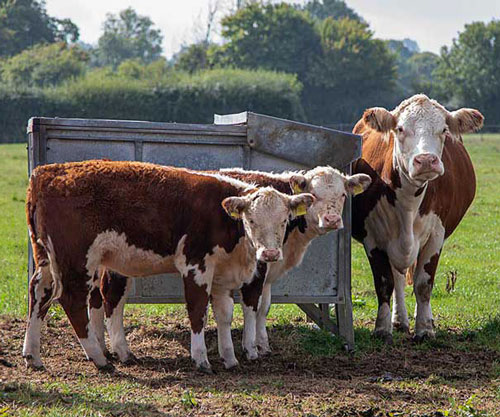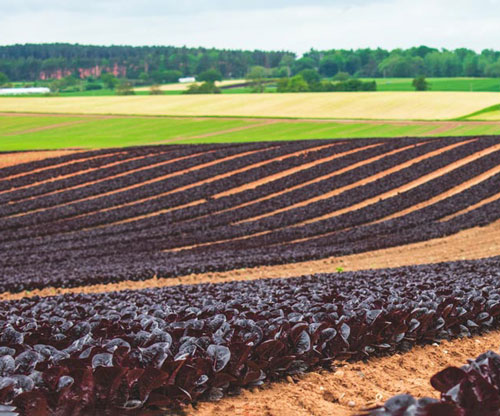Dairy cattle
19 March: Site maintenance at 16:00 GMT today - if you are logged in at this time you will be logged out briefly.
Dairy cattle
Dairy cattle
According to Dairy UK, 12,000 active dairy farmers produce almost 15 billion litres of milk each year in the UK. Given that this is worth £9.2 billion to the country's economy at wholesale, it's clear this is a big industry.
The sector's commitment to the idea that food, farming and nature are interlinked is best shown by its efforts to lower the herd's carbon footprint. Government incentives and subsidies are available to support more sustainable farming.
While many traditional roles around animal husbandry and stock control remain, there's also a call for new skills in areas like data analysis, regenerative agriculture and animal nutrition and health.
Technology improving land management
New technology is being used to control how and where cows graze. Sensors and GPS collars can now track where the herd is feeding, allowing farmers to prevent areas from being over-grazed. By actively managing pasture and grazing land, farmers are creating wildlife habitats and taking carbon dioxide out of the atmosphere. At the same time, more grazing is also being carried out on land that's unsuited for crops.
Animal diets are also changing. Methane released by so-called 'cow burps' is a significant greenhouse gas, but new additives, including natural ones based on seaweed, are being fed to cows to reduce these emissions.
Slurry management is also important, and some farms have introduced special digestors that draw methane from the manure and convert it into green energy that can be used on-farm. More and more farms are also ditching traditional diesel vehicles for a new generation of tractors run on electricity and biofuels.
High standards of animal welfare
Regulators and the public all expect farmers to maintain high standards of animal welfare. By signing up for food assurance schemes, such as Red Tractor, farmers can show the food they produce has been grown to meet these standards.
Many dairy farms are also moving towards organic ways of farming to meet a growing public demand. There is also ongoing research into new breeding techniques which can make livestock more resistant to disease and less dependent on antibiotics and other medicines. Both developments offer new career opportunities.
Robots improving cattle comfort for dairy herds
Technology has also found its way into the milking shed and there has been an increased uptake of robots for milking. These robots help to control the cows' milking routines and improve their comfort, while also syphoning off the colostrum – or first milk – which can be fed to calves.
Dairy farmers also work closely with milk processors, who buy the milk to use in a range of other dairy products, such as butter, cheese and yoghurt.
Click through the graphic below to get a better idea of the typical tasks and responsibilities involved in working with dairy throughout the year.
Find out more about other sectors in farming and growing in England.

